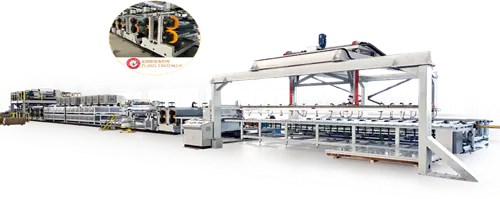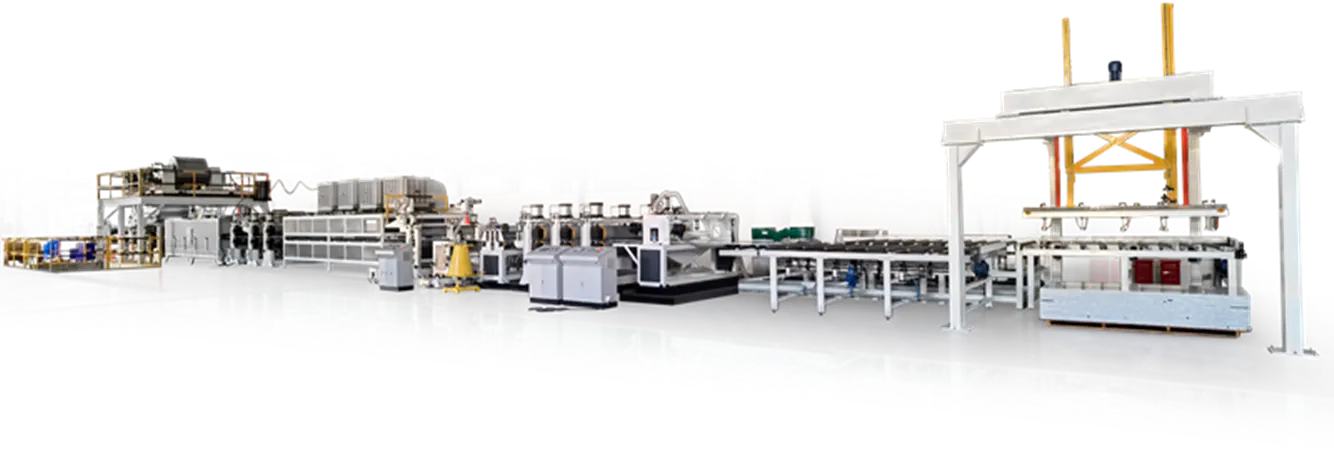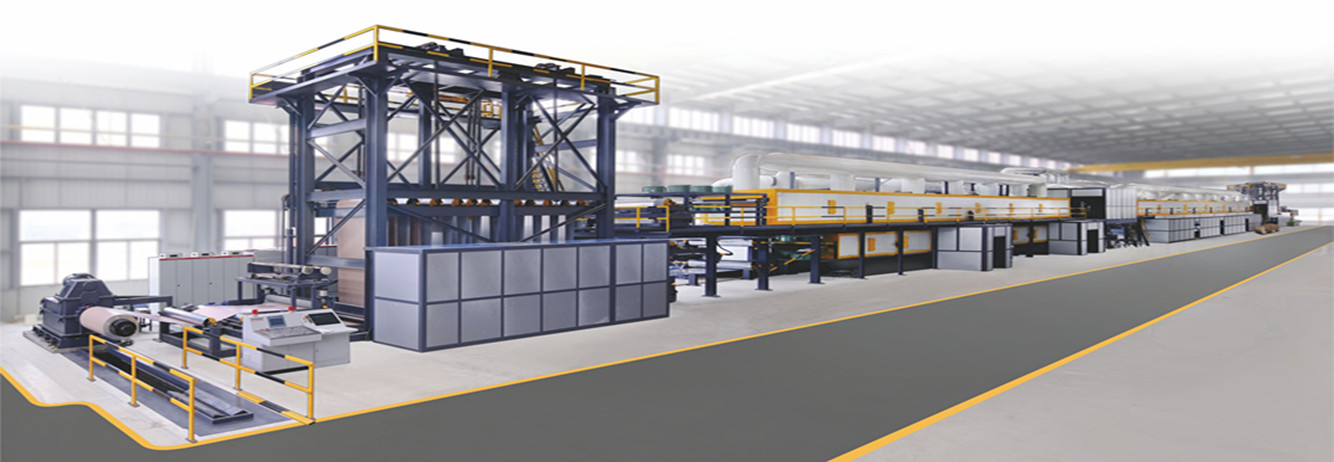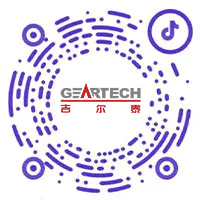As global manufacturing continues to evolve, the demand for more adaptable and efficient surface treatment solutions is becoming increasingly evident. One area seeing steady transformation is the metal coating line sector, where design innovation is responding to shifting industry requirements. With new materials, environmental regulations, and varied end-use applications, manufacturers are exploring updated approaches to meet these expectations. A growing number of facilities are integrating systems that combine functionality and flexibility, signaling a notable shift in production priorities.

The modern metal coating line is no longer a one-size-fits-all system. Traditionally built to handle a narrow range of substrates or coatings, these lines are now engineered to support diverse applications without significant downtime for reconfiguration. This change is driven by client demand for more tailored outputs in sectors such as automotive, construction, and consumer goods. As a result, modular setups and customizable components are becoming more common across production floors.
Parallel to this trend is the evolution of the coil coating line, a process-specific system that continues to see substantial upgrades. While coil coating remains a continuous, highly efficient method for applying coatings to flat metal substrates, its flexibility has been expanded in response to varying market needs. Today’s coil coating line equipment is designed to accommodate multiple coating types, layer structures, and substrate widths, without compromising throughput or consistency.
Energy efficiency and environmental responsibility are also influencing how the metal coating line is designed and operated. Many of the recent upgrades include energy recovery systems, improved ventilation, and advanced curing ovens that reduce emissions while maintaining production standards. Coating formulations have also shifted toward more environmentally conscious options, requiring equipment that can adapt to different chemical properties without excessive maintenance or downtime.
Manufacturers are also revisiting automation within both metal coating line and coil coating line setups. Data collection, real-time monitoring, and remote control features are now standard in many systems, allowing for greater oversight and process reliability. These enhancements are especially valuable in multi-product operations, where changeovers and quality checks must occur rapidly to meet tight delivery schedules.
The coil coating line sector is seeing increased demand for integration with downstream processes such as slitting, cutting, and embossing. This integration reduces handling and shortens production timelines, offering more value from a single processing line. At the same time, coating lines are being equipped to handle pre-treatment, drying, and inspection functions with improved accuracy, reducing the margin for error.
Material innovation is another factor shaping the next generation of metal coating line systems. Lightweight alloys, recyclable metals, and coated composites are entering the market in higher volumes, creating the need for equipment that can adapt to these new substrates. Line configurations must ensure adequate adhesion, even coating, and small deformation—challenges that designers are meeting through adjustable tension controls, precision rollers, and new surface preparation technologies.
For those operating in this space, balancing performance, environmental considerations, and operational flexibility is a primary concern. The coil coating line remains a vital asset due to its high-volume potential and consistent output quality, but it is the adaptability of these lines that is becoming a competitive differentiator. Systems that can handle small batch runs with small setup changes are becoming increasingly attractive, especially in markets where product variation is high.
The metal coating line is undergoing a transition from fixed, high-capacity setups to smarter, more versatile configurations. This evolution is not just about accommodating more materials or coatings, but also about meeting higher expectations for sustainability, efficiency, and production agility. Whether through advances in control systems, environmental upgrades, or process integration, the goal remains the same: to deliver reliable and adaptable coating solutions for an ever-changing market.

 中文简体
中文简体 English
English Português
Português русский
русский Español
Español عربى
عربى









